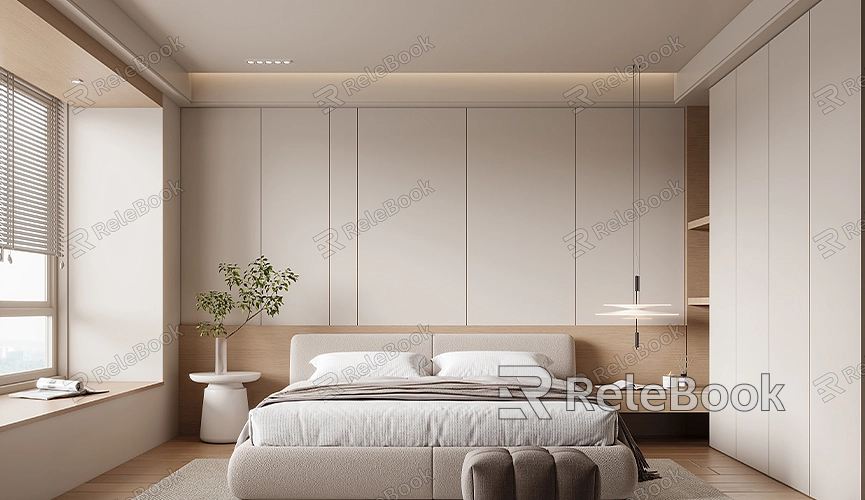How to Export Render in Blender 2.8
Blender 2.8, as a powerful open-source 3D modeling and rendering software, is beloved by many artists and designers. After completing the rendering of 3D models and scenes, exporting the render results is a crucial step. This article will detail how to export render results in Blender 2.8 and share practical tips to help you work more efficiently.
Choosing the Render Engine
Before starting rendering, it's essential to choose the appropriate render engine. Blender 2.8 offers various render engines, including Eevee and Cycles. Eevee is suitable for real-time rendering with faster speeds but simplified effects, while Cycles provides higher-quality ray-traced rendering effects.
On the right side of Blender's interface, locate the "Render Properties" panel and select your preferred render engine. Choose the engine that best suits your project requirements.

Setting Render Parameters
Adjusting render parameters before rendering can enhance the quality and efficiency of the final image:
- Resolution: In the "Output Properties" panel, set the resolution for the rendered image. Common resolutions include 1920x1080 (Full HD) and 3840x2160 (4K). Choose an appropriate resolution based on your project needs.
- Sampling: The number of samples directly affects image quality. In the "Render Properties" panel under the "Sampling" section, adjust the sample count. For still images, higher sample values like 200 or more are recommended for smoother results.
- Light Paths Settings: If using the Cycles render engine, adjust light path settings in the "Render Properties" panel under "Light Paths," including bounce and transmission values. Proper adjustments optimize render quality while maintaining speed.
Initiating the Render
Once render parameters are set, you can begin rendering. In Blender's top menu bar, click on the "Render" option, then choose "Render Image" or press the F12 key. Blender will start rendering the current view.
Exporting Render Results
After rendering is complete, you need to export the result as an image or video file. Before exporting, ensure you've set the file format and output path:
- Setting File Format: In the "Output Properties" panel, navigate to the "Output" section. Click on the dropdown menu under "File Format" and select your desired format, such as PNG, JPEG, or TIFF. For video renders, choose the FFmpeg format.
- Setting Output Path: In the same panel under the "Output" section, click on the folder icon to select the folder where you want to save the rendered result. Verify the output path to avoid losing rendered results.
Once settings are configured, click on the "Image" option in the top menu bar, then select "Save As" to save the rendered result as an image file. For video renders, click on the "Render" option, then choose "Render Animation" to render frame by frame and save as a video file.
Optimizing Render Quality
To achieve higher-quality render results, consider optimizing before and after rendering:
- High-Quality Textures and HDRI: For projects requiring high-quality 3D textures and HDRI environment maps, or 3D model downloads, you can download them from Relebook. Import these directly into your models for enhanced realism.
- Material and Lighting Adjustments: Adjust material nodes in the "Shader Editor" to create complex material effects. Additionally, use appropriate light sources and settings to significantly improve the realism of your render.
- Post-Processing: Use Blender's "Compositor" panel to add and adjust various post-processing effects such as color correction, blur, and sharpening. These effects enhance the visual appeal of your render.
Exporting render results in Blender 2.8 is not a complex process but requires attention to each step's settings and optimizations. By choosing the right render engine, adjusting render parameters, utilizing high-quality textures and HDRI, and performing necessary post-processing, you can significantly enhance the quality of your render results. If you need high-quality 3D textures and HDRI or 3D model downloads for your projects, you can download them from Relebook for direct integration into your models.

